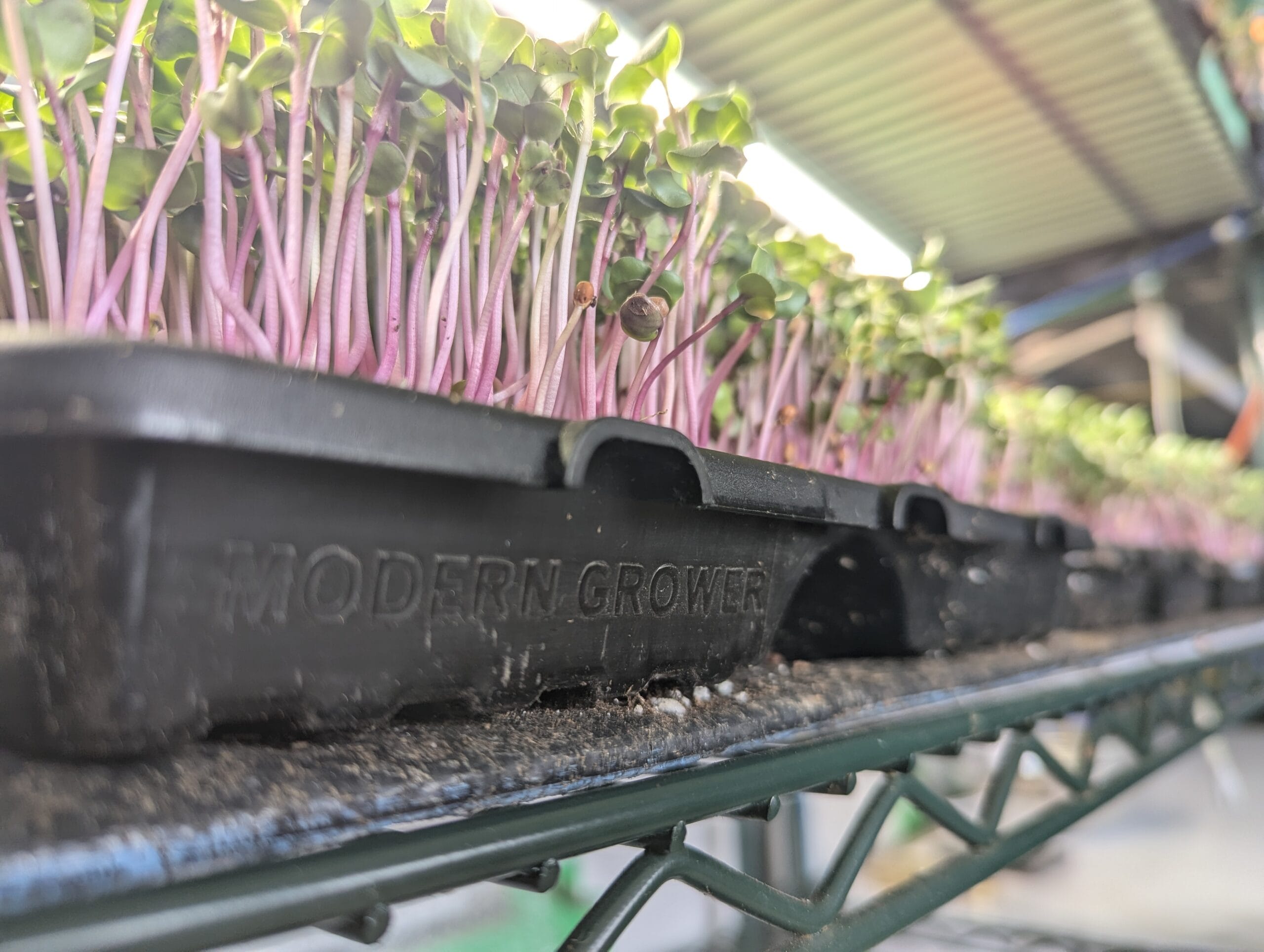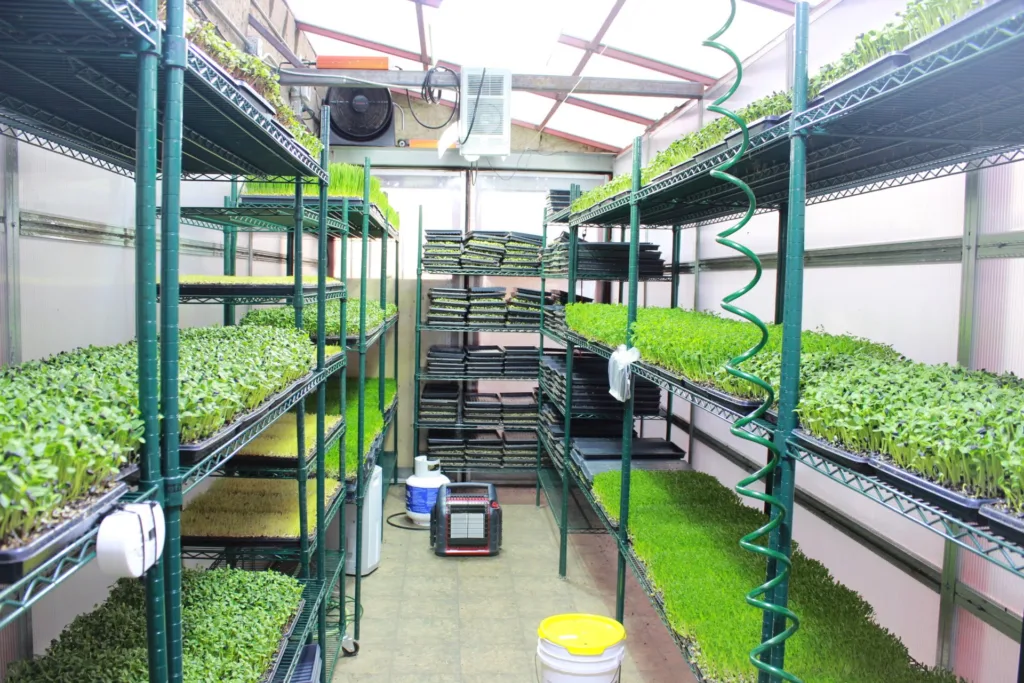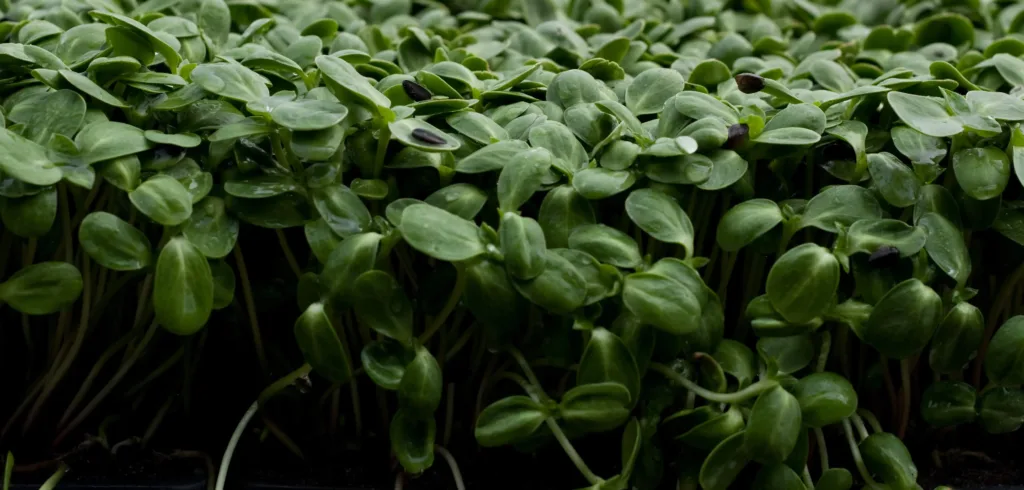
Choosing the Right Microgreens Growing Space for Your Operation: A Practical Introduction
Introduction to Microgreens Growing Spaces
Starting a microgreens business comes with its fair share of excitement — quick crop cycles, low startup costs, and the ability to grow nutritious food in surprisingly small spaces. But as you dig into the nuts and bolts of production, one of the first and most important questions you’ll face is: Where will I grow?
This question isn’t just about physical space. It’s about how that space supports your workflow, your sanitation standards, your scalability, and ultimately your success as a grower. Too often, aspiring growers jump into microgreens production by setting up a few trays under lights without fully considering how the rest of the system fits together — and the consequences show up fast.

Microgreens Growing Space Integaration
Your grow space doesn’t function in isolation. It must connect seamlessly with every other part of your operation: where you prep trays and soak seeds, where you harvest and wash crops, where you clean tools, store soil, and label packages. If any one of these areas is poorly planned, it can become a bottleneck that slows your production, threatens food safety, or limits your ability to scale.
This series of articles is designed to walk you through the essential infrastructure of a successful microgreens operation. We’ll start with production environments — everything from covered benches and hoop houses to indoor racks and full-scale warehouses. From there, we’ll move into the supporting zones that make a system run smoothly: harvest areas, seeding stations, sanitation setups, storage, and more.
What to Expect in This Series…
Each section is based on real-world experience — systems built and tested in homes, backyards, greenhouses, and urban lots — and tailored to help you:
- Understand the trade-offs between different grow environments
- Choose the right infrastructure for your climate, scale, and budget
- Design workflows that minimize labor and maximize efficiency
- Build toward a system that is scalable, sanitary, and sustainable
Whether you’re growing 20 trays per week for a farmers market or preparing to produce 500 trays a week for wholesale accounts, this guide is designed to help you make smart, informed decisions about your growing environment.
Ready to dive in? Start with our first post on one of the most accessible and flexible production systems out there: Covered Benches (a personal favourite!).
